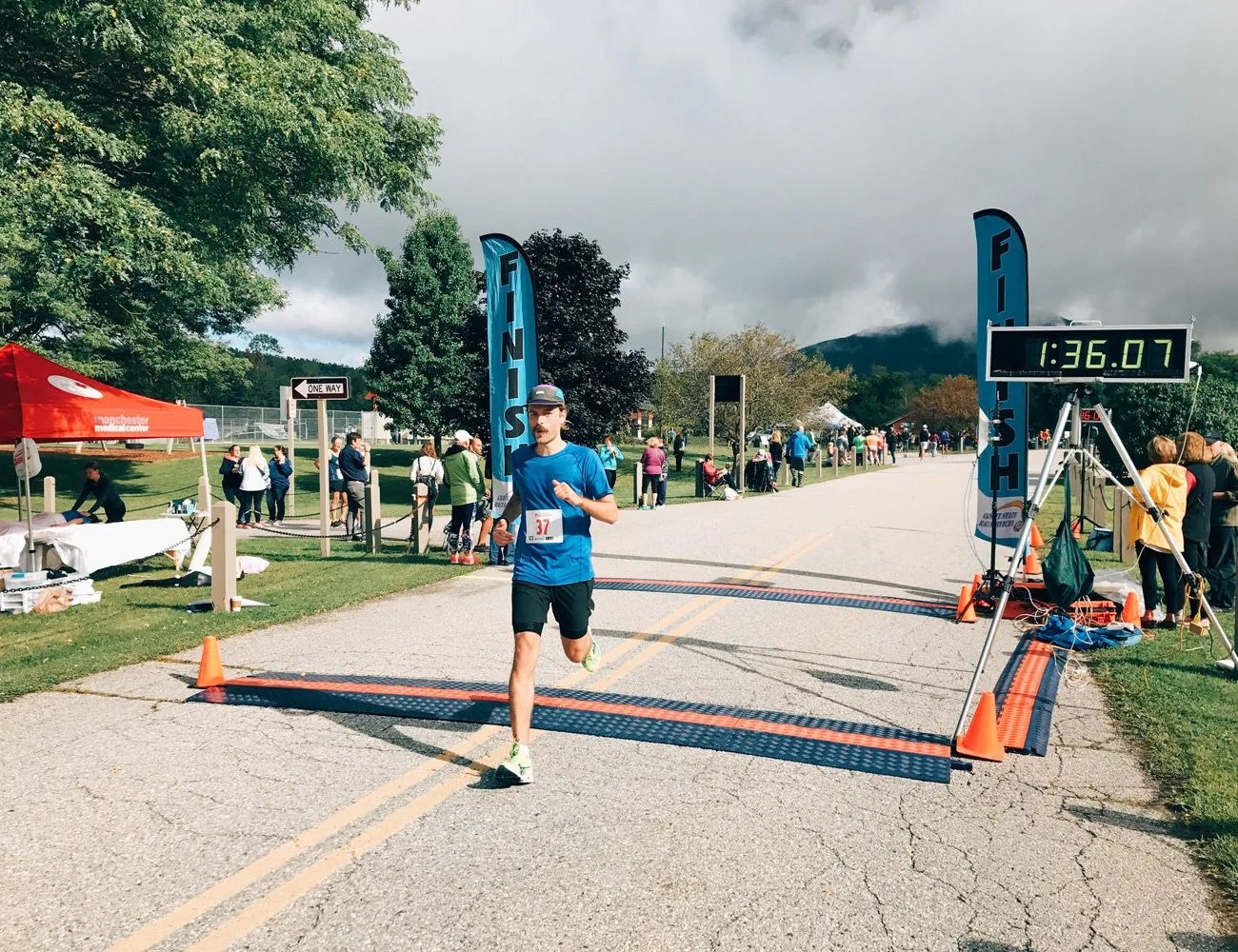I had been thinking about running a half marathon for years. But I was never serious about it — I thought about it, but I never thought about it. It was one of those abstract notions that I figured would be an inevitable occurrence along the lines of getting married, buying a house or learning how to make lasagna from scratch. Compared to a full marathon, the half seemed achievable — therefore it was brushed aside to the outskirts of my mind. My mindset always was, “sure, sometime,” but with no real thought to when and with no intention of signing up for a particular race. But then, at the beginning of the summer, spurred by a chance rush of motivation, I decided to move the goal of completing a half marathon from the realm of “theoretically achievable” to that of “actively pursuing.” I laced up my shoes, walked out of my apartment building and went for a run.
Let me back up, and offer a disclaimer: I don’t consider myself an athlete. Not in the traditional sense anyway. I played lacrosse and some soccer in high school, but gave that up very quickly upon reaching college to hike and ski (and party) instead. But I continued to run. My relationship with running is, well, complicated. I’ve always liked running, but only on my own terms: when the weather is pleasant and the loop isn’t much longer than four miles. As the years have passed, I’ve gone through bouts of fairly-diligent running — three or four times a week — that have never lasted more than a few months at a time. Winter would come, and I’d retreat back to the familiarity of my ski boots. Alternatively, I’d skip a day, and then another, and then — you know how that goes. I am the definition of an on-again, off-again runner. So no, I wouldn’t describe myself as an athlete. Athletic? Maybe.
The point I’m trying to get at here is that I’m a fairly average person. I like being active, but I also like pizza, tacos, and beer. I’d certainly never let running get in the way of those things; if anything, it’s more of a justification for them. I’ve never raced, or even bothered to time my four-mile jogs. And I had no idea how to get from four to 13.1.
Research First
One thing I did know was that I didn’t want to take any shortcuts. As a journalist, I could’ve reached out to a professional coach or an athlete for a custom training program and in-depth tips. That felt like cheating, so I turned to the next best thing: the Internet. (If you know someone who runs half or full marathons though, you should definitely tap them as a resource — the more advice you can get the better!)
Run a simple Google search for “half marathon training plan” and you’ll wind up with nearly 2 million results. Plans can vary wildly — some are fairly basic, some are complicated; some are free, and some you’ll have to pay for. They also suggest different daily and weekly running goals leading up to race day. These plans can be intimidating. Many make it seem like you should be running nearly every day of the week, with shorter runs scheduled from Monday through Friday and a long run that builds-in distance on the weekend. For a newcomer, running every day seemed daunting.
I spent a few hours reading through various plans and finally decided to synthesize my own program: a hybrid of a complex and thorough regimen by Nike (complete with glossary and pace charts) and a more digestible plan by Hal Higdon that popped up high in Google’s search results. There was no way I was going to run five days a week with a nine-to-five, frequent post-work cocktail events and a 45-minute commute. And there was no way I was going to stop eating pizza and tacos, or nix my beer drinking.

